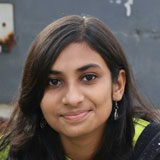Gourango Bari of Katwa still holds on to the legacy of Sri Chaitanya
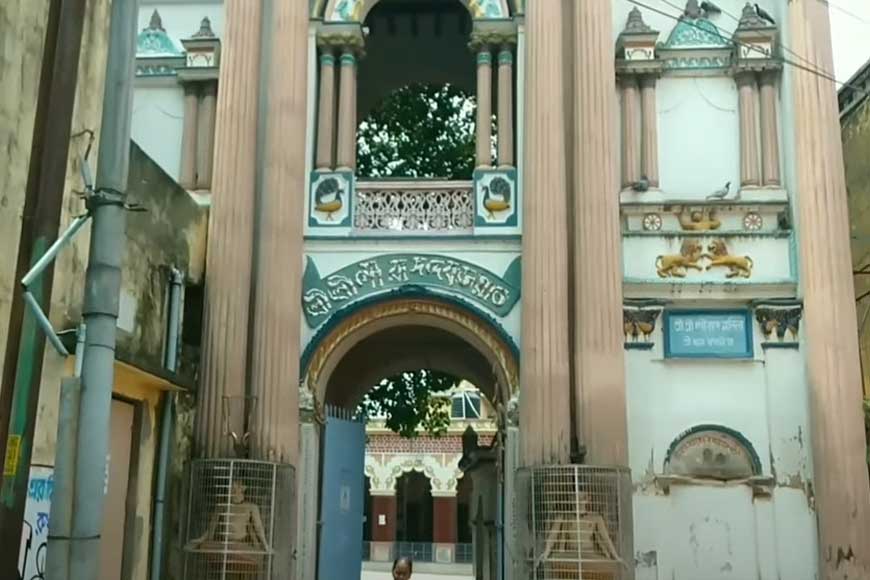
The Bhakti movement or the Vaishnava movement is known worldwide for its preachings of acceptance. Due to the rigidity and the exploitative nature of Brahmanism or the varna system, many people who belonged to the lower castes became influenced by the Bhakti movement and their philosophies. The ones who were not regarded as a part of the varna system or the 'mlechchha' were also very influenced by the bhakti movement. The Bhakti movement was a significant religious movement in medieval India, that sought to bring religious reforms to all strata of society by adopting the method of devotion to achieve salvation. The movement originated in Tamilakam, and gained prominence through the poems and teachings of the Vaishnava Alvars and Shaiva Nayanars before spreading northwards. It swept over east and north India from the 15th century onwards. The movement developed around different gods and goddesses among which the sub-sects- Shaivism, Vaishnavism and Shaktism were popular. Other than as a resort against Brahmanism, the Bhakti movement gained people’s attention due to their preaching in local languages understandable by people belonging to every stratum of the society. The movement was inspired by many poet-saints, who championed a wide range of philosophical positions ranging from theistic dualism of Dvaita to the absolute monism of Advaita Vedanta. The Bhakti movement did not focus on the birth or gender of the individual and regarded all as equals. According to many scholars, the Bhakti movement was a revival of the ancient Vedic traditions.
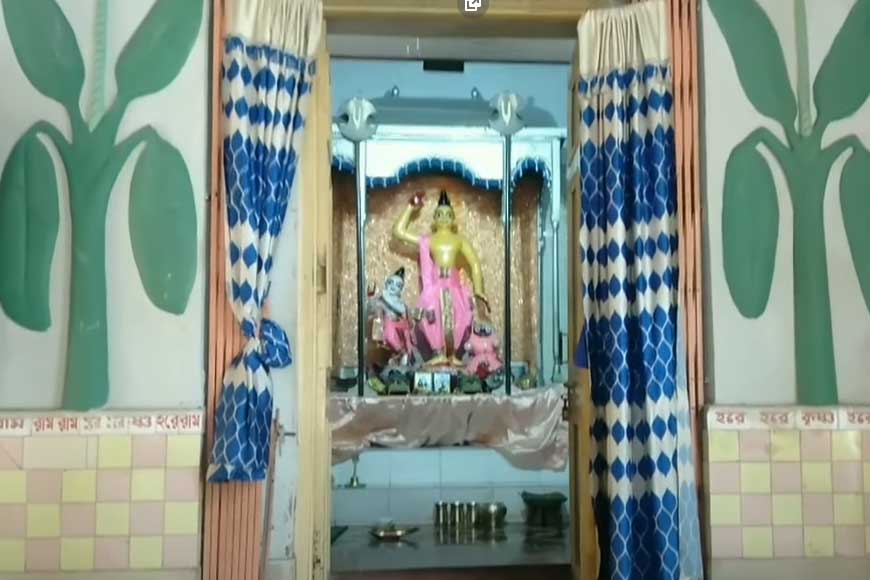
Bhakti Movement in Bengal gained prominence through many Bengali saints and social reformers. Two distinct streams of religiosity determined the growth of the Bhakti movement in West Bengal. On one hand, there is the influence of the Vaishnava tradition, and on the other, the non-Vaishnava influences from Buddhist and Hindu sources.
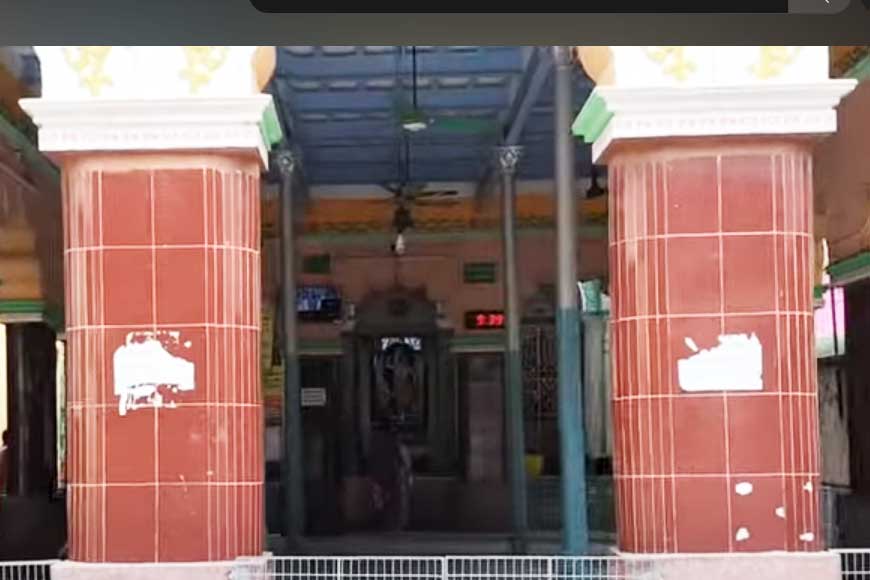
The Vaishnava momentum came first of all in the scene of the Bhakti movement through the Bhagavata Purana with its glorification of Lord Krishna. This came to Bengal under the Pala kings and found its typically Bengali literary transformation in Jayadeva’s lyrical “Gita-Govinda” towards the end of the 12th century. The Gita-Govinda brings into Bengali Vaishnavism a new aspect, derived from another source than the Bhagavata, namely the prominence given to Radha, the favourite of Krishna. The Chaitanya movement had a great impact on Bengali life as a whole. It gave it a special identity that persisted even through periods of stagnancy and provided time and again a new inspiration to its religious reformers and poets, namely Keshab Chandra Sen, Bankim Chandra Chatterjee, and Rabindranath Tagore.
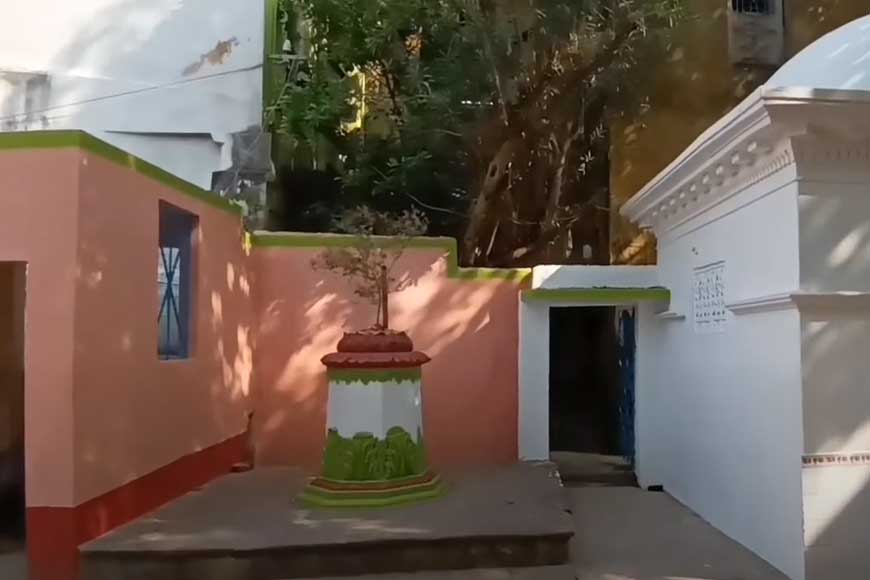
One of the principal followers of Vaishnavism was Chaitanya Mahaprabhu, who was considered an avatar of Lord Krishna. Chaitanya Mahaprabhu founded Gaudiya Vaishnavism, a religious movement that promotes Vaishnavism or the worship of Lord Vishnu as the Supreme Soul. Gaudiya Vaishnavism teaches the acceptance of Bhakti yoga as a method to realize the ultimate truth. Chaitanya Mahaprabhu is credited with popularizing the ‘Maha Mantra’ or ‘Hare Krishna Mantra.’ He is also known for composing a prayer of eight verses, known as ‘Siksastakam’ in Sanskrit.
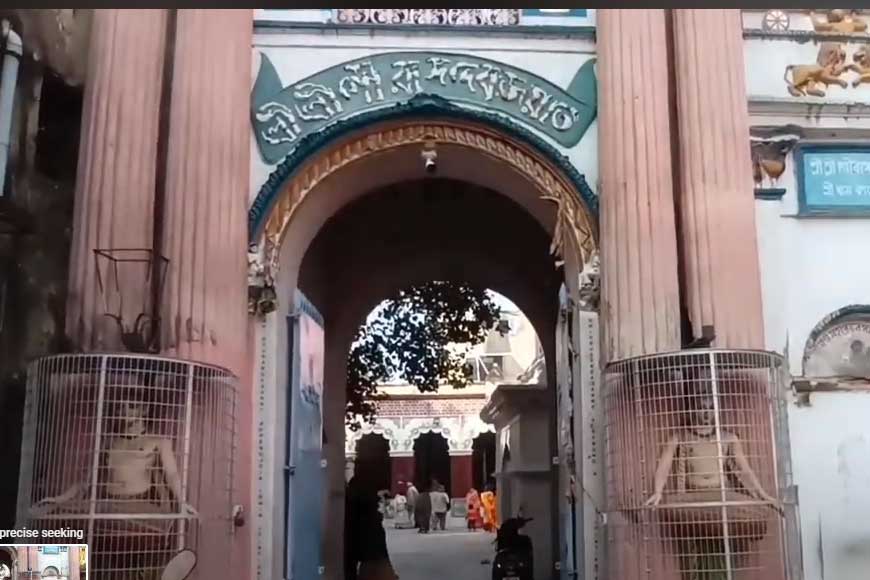
Sri Chaitanya Mahaprabhu appeared at Sridhama Mayapura, in the city of Nabadwip in Bengal, on the Phalguni Purnima (full moon day) in 1486 AD. His father, Sri Jagannatha Mishra, a learned Brahmin from the district of Sylhet, came to Nabadwip as a student. He lived on the banks of the Ganges with his wife Srimati Sachidevi. Their youngest son, who was named Vishvambhara, later became known as Nimai Pandit and then, after accepting the renounced order of life, Sri Chaitanya Mahaprabhu. His maternal grandfather Pandit Nilambar Chakravarti, a renowned astrologer, foretold that the child would be a great person in time and he therefore gave him the name Visvambhar. He was a child prodigy and at a very young age, became a scholar. Many sources state that Chaitanya was born with fair skin and had striking similarities with the conceived image of Lord Krishna.
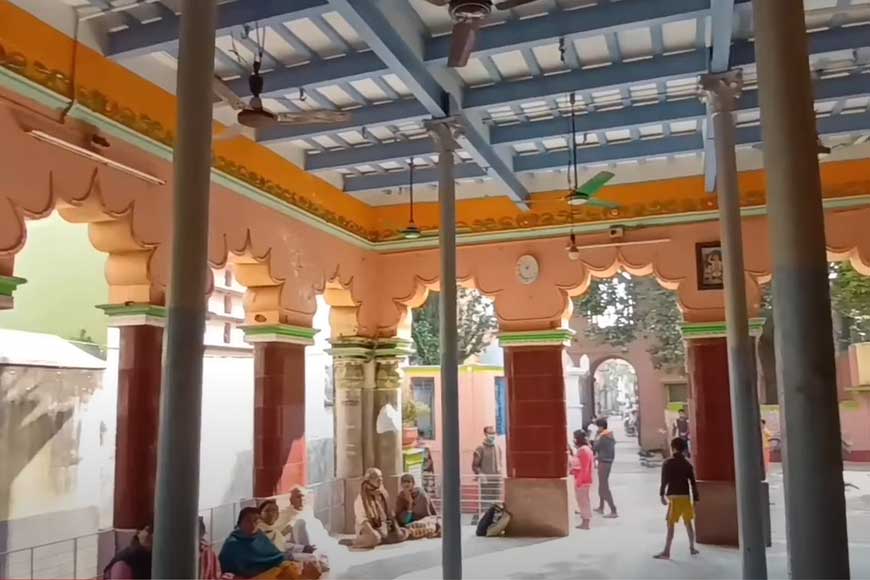
One of the famous places linked to Sri Chaitanya Mahaprabhu is still surviving the test of time. He had accepted sannyasa in Gour Bari Temple in Katwa. The supreme personality of Godhead was awarded with the sannyasa order of life by the eminent Sannyasi, Sri Keshava Bharati. Around five hundred years ago, in the Gour Bari Temple, Vishvambhara, or Nimai Pandit was conferred with a new name, Sri Krishna Chaitanya.
Also read : Jagannath Sadak, the ancient path to divinity
In this historical place, the beautiful curly hair of Sri Chaitanya Mahaprabhu was unwillingly shaved off by Madhu, the barber. He wept along with the other devotees as he was cutting his hair. It reminded them of the days when that hair was decorated with malati flowers and enchanted many people around him. The Lord’s head shaving ceremony and sannyasa ceremony took place on the auspicious day of Makar Sankranti in the Bengali month of Magh. Madhu, the barber, repeatedly requested the lord to reconsider his decision of shaving his head but all was in vain. The Lord’s determination was so rigid, that not even Sri Keshava Bharati was able to waiver his decision and ultimately gave in. All the devotees wept and it felt like the demigods wept with them.
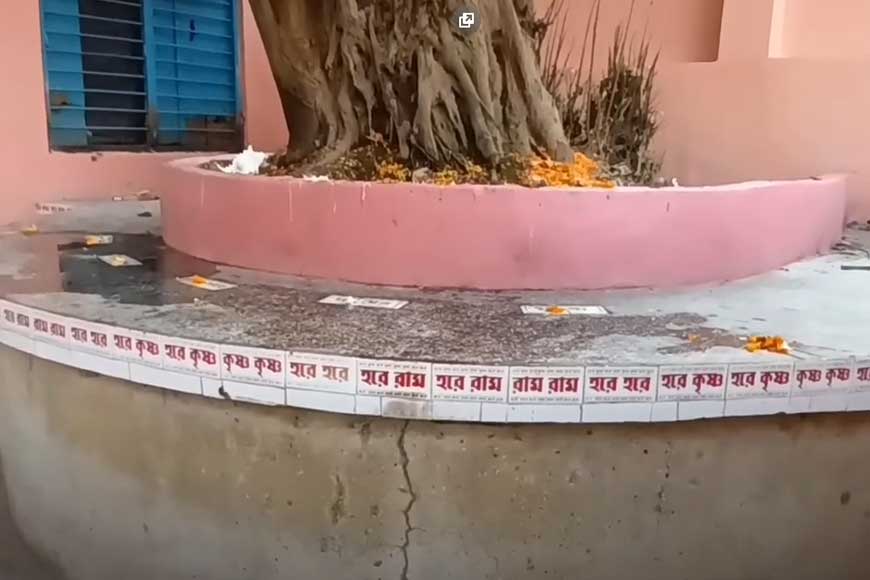
The news of Nimai Pandit taking up Sannyasa spread far and wide and the people of Nadia district were all very sad. Srimati Sachidevi, the Lord’s mother and Vishnupriya Devi, his wife, had lost their balance, they fell to the ground and started crying. They lost consciousness and cursed their lives repeatedly. The ghat (river bank) from which Nimai had crossed over the Ganges to leave for Katwa was named “Nirdaya” (merciless).
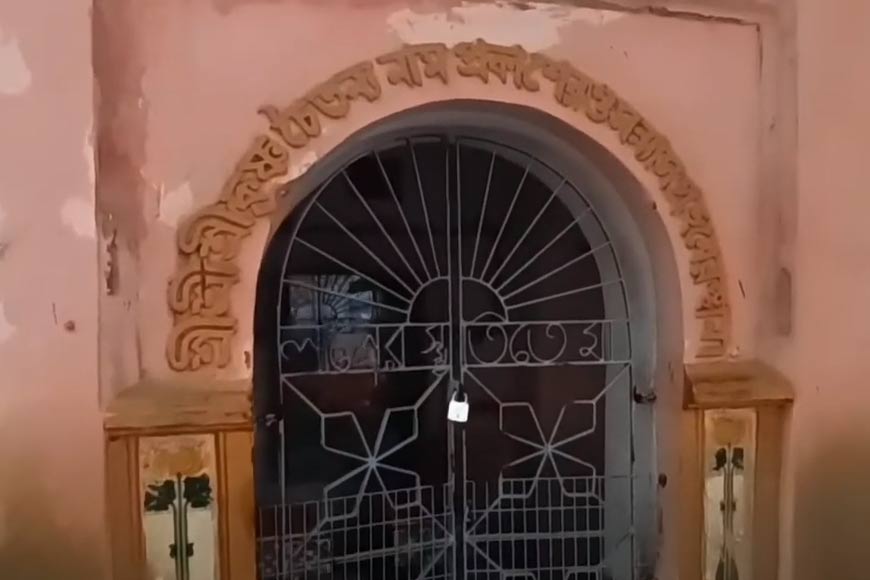
Once Madhu was done shaving the Lord’s head, he threw off his razors in the Ganges with tears in his eyes and vowed to never use them again, and left this profession altogether. Madhu adopted the profession of a sweet maker (moira) and spent his days meditating upon the blissful form of Sri Gaurasundara. After the sannyasa ceremony, Sri Chaitanya Mahaprabhu took a bath in the Ganges. He informed Sri Keshava Bharati that a great personality appeared in his dream and whispered a sannyasa mantra to him. Sri Keshava Bharati then whispered the same mantra in the Lord’s ear, awarding him sannyasa. Mahaprabhu then accepted the Ekadanda Sannyasa stick and kamandulu.
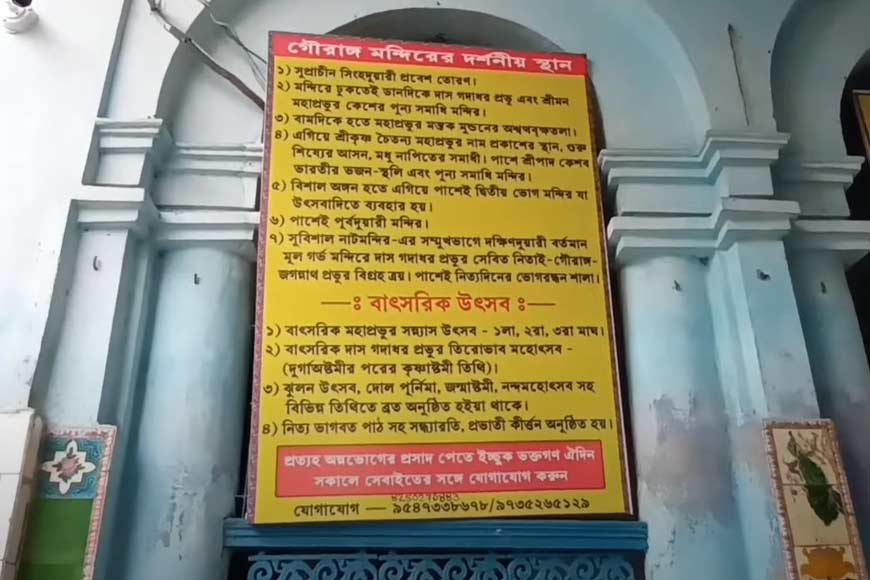
Nityananda Prabhu, Mukunda Datta, Chandrashekhara Acharya, Brahmananda and Gadadhara Pandit were five devotees who accompanied the Lord to witness his sannyasa ceremony.
Sri Narahari Sarkar Thakura, a resident of Srikhanda village, had carved three beautiful deities of Sri Chaitanya Mahaprabhu to calm those who were greatly saddened by Mahaprabhu’s sannyasa ceremony. All these deities were of Vishwambhara before his acceptance of sannyasa and all were carved out of neem wood. The deities portrayed His dancing form when he was enchanted and in trance- the Rasaraja Mahabhava.
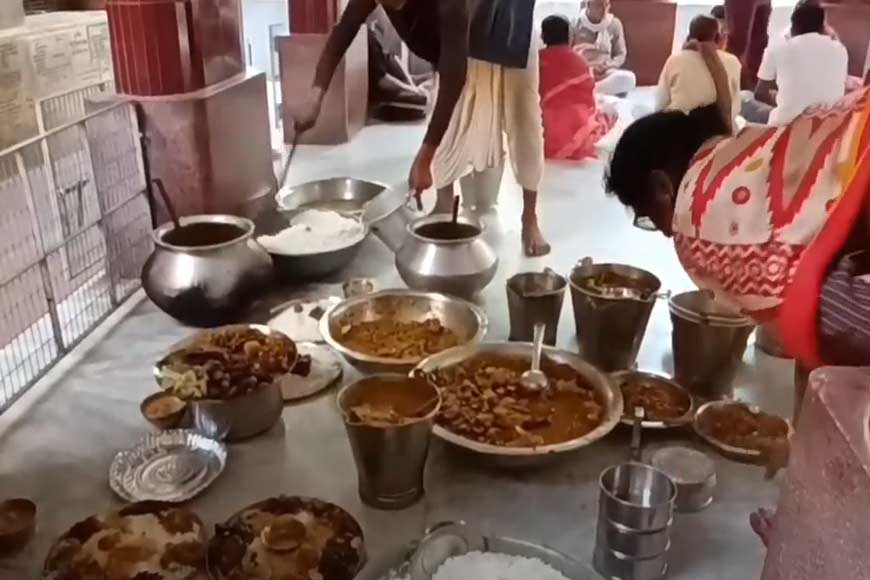
Of these three deities, the tallest one was sent to Sri Gadadhara Das, who constructed this Gouranga Bari Temple on this sacred place and started daily worshiping Sri Chaitanya Mahaprabhu. Besides, there is a beautiful deity of Sri Nityananda Prabhu, who here manifests his threefold bending form and plays his flute in the mood of Sri Balarama. Along with Sri Gaur Nitai, a small beautiful deity of Sri Jagannatha is also worshipped on the altar.
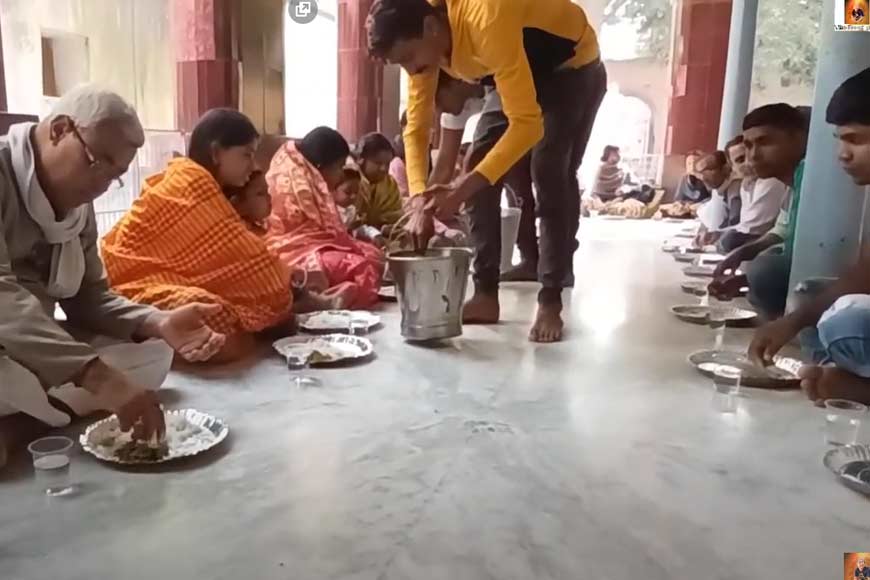
In the Gauranga Bari, Katwa, one can see a number of things related to Sri Chaitanya Mahaprabhu, such as:
- The full Samadhi of Sri Gadadhara Das that lies at the entrance of the temple.
- The worshipable deities of Sri Gadadhara Das.
- The auspicious tree under which Sri Chaitanya Mahaprabhu’s head was shaved. (The Ashvatta tree exists there and a new tree has grown from its offshoots. The names of the five devotees who witnessed Mahaprabhu’s Sannyasa are engraved on the platform surrounding this sacred tree. Mahaprabhu’s hair is placed in the samadhi under this tree.)
- The footprints of Sri Keshava Bharati and Sri Chaitanya Mahaprabhu.
- The place where Sri Chaitanya Mahaprabhu accepted his sannyasa initiation
- Sri Madhu Barber’s samadhi
- Sri Keshava Bharati’s full samadhi
Gaur Bari is thus a great place to visit for those who wish to know more about Sri Chaitanya.







